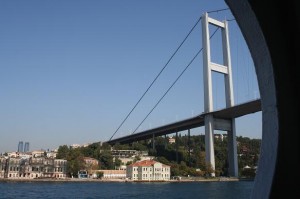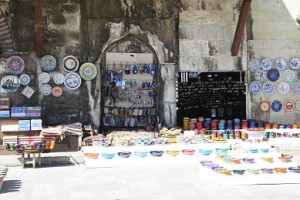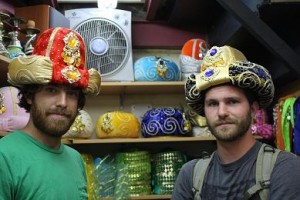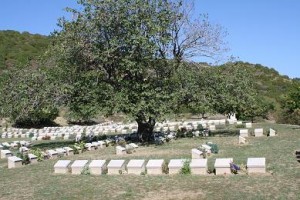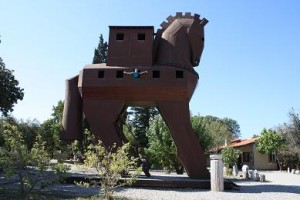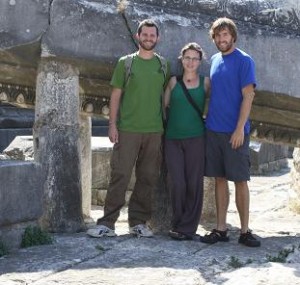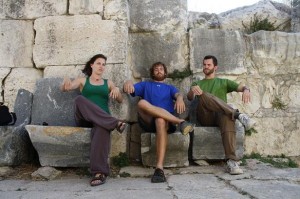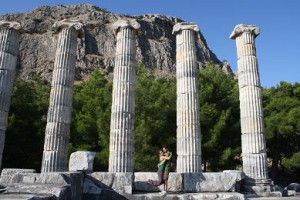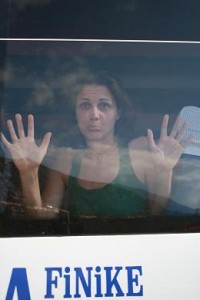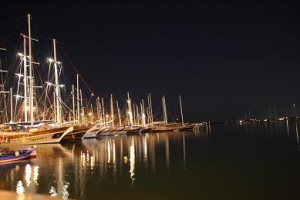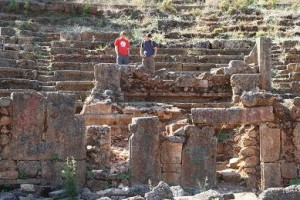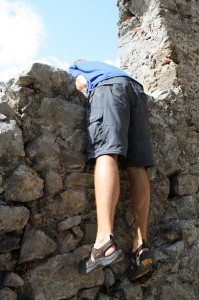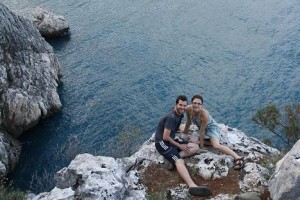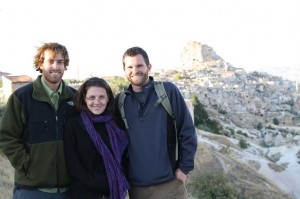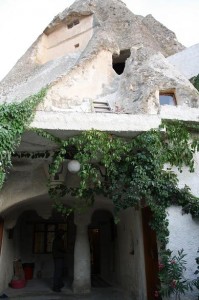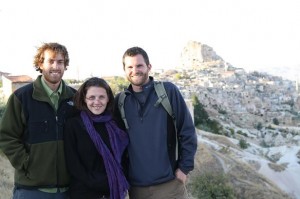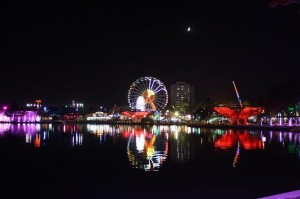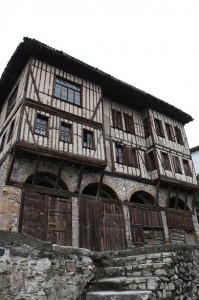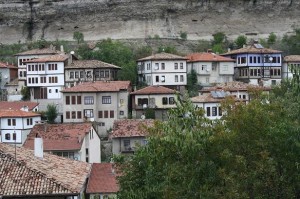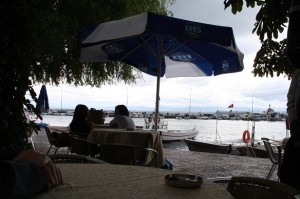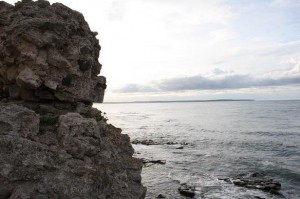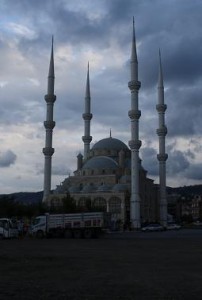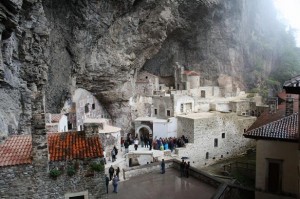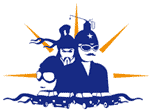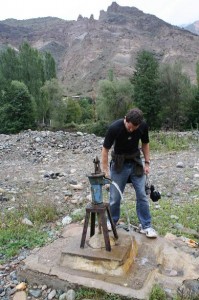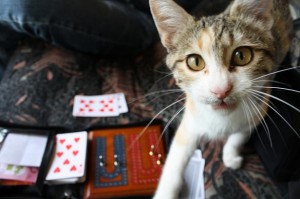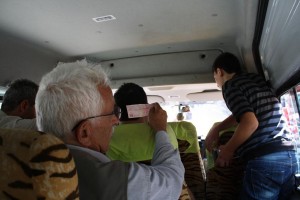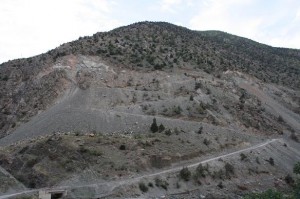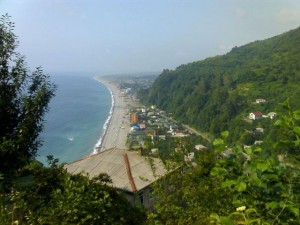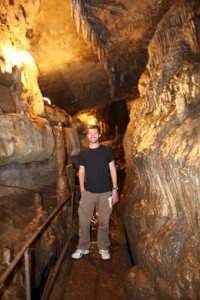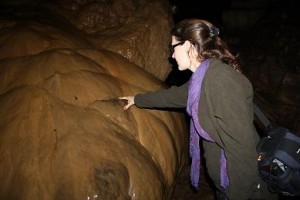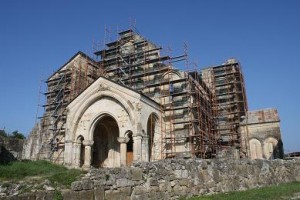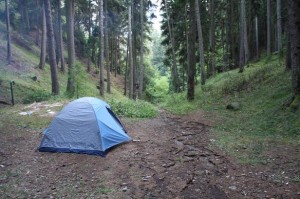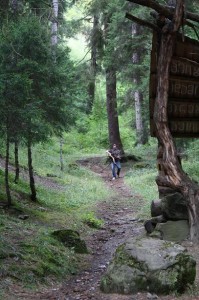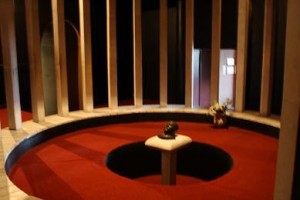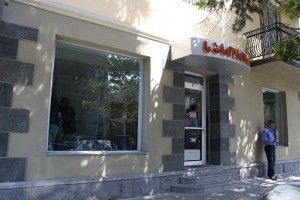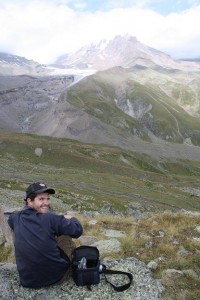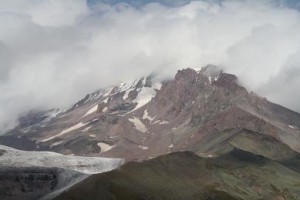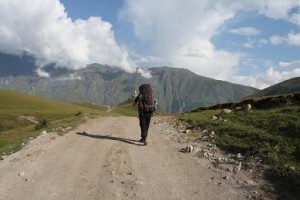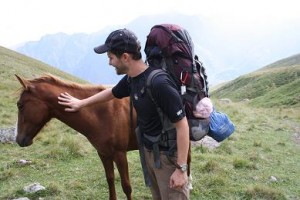The Bosphorus River Cruise
We jumped on an early tram and made our way down to the port the following morning. We arrived just in time as a huge line had already formed for the ferry. The Bosphorus ferry cruise offered a nice affordable day trip for only 20 TL (return ticket). The Bosphorus is a narrow strait where the Mediterranean Sea meets the Black Sea. Initially we were all agitated at how packed the cruise was for October during what we believed to be off-season. Regardless, it quickly accelerated and made several stops through the Sea of Marmaris on the way to the Bosphorus strait.
After passing the Sultan’s Palace, we saw some amazing architecture along the European side of the strait. Monstrous castles and fortresses stood testament to Istanbul’s long history of the clash of religions, cultures, and wars. Each of the fortresses we passed was constructed during one of the Crusades when Istanbul was under siege. One of the most impressive had been constructed in as little as 9 months. The ferry slowly emptied as we drew closer to the Bosphorus. We pulled up and docked at a small coastal town and were immediately not amused with the this destination.
However, as we made our way outside the town and hiked up toward a fort on the hill, the fort opened up to the huge expanse of the Bosphorus. All apprehension and feelings of disappointment about the day disappeared. It was the best view of the whole strait. One of us ran down the hill and bought some beer, while I set up our Esbit stove and started to cook our lunch. We heated up a few pots of water and made noodles. It turned out to be a really enjoyable experience as we shared a few drinks, passed the pot of noodles around, and admired the Bosphorus – which was truly a sight worth seeing. The ferry ride back was much more relaxed and we all took a nap on the 1 hour 20 minute ride back to Istanbul.
